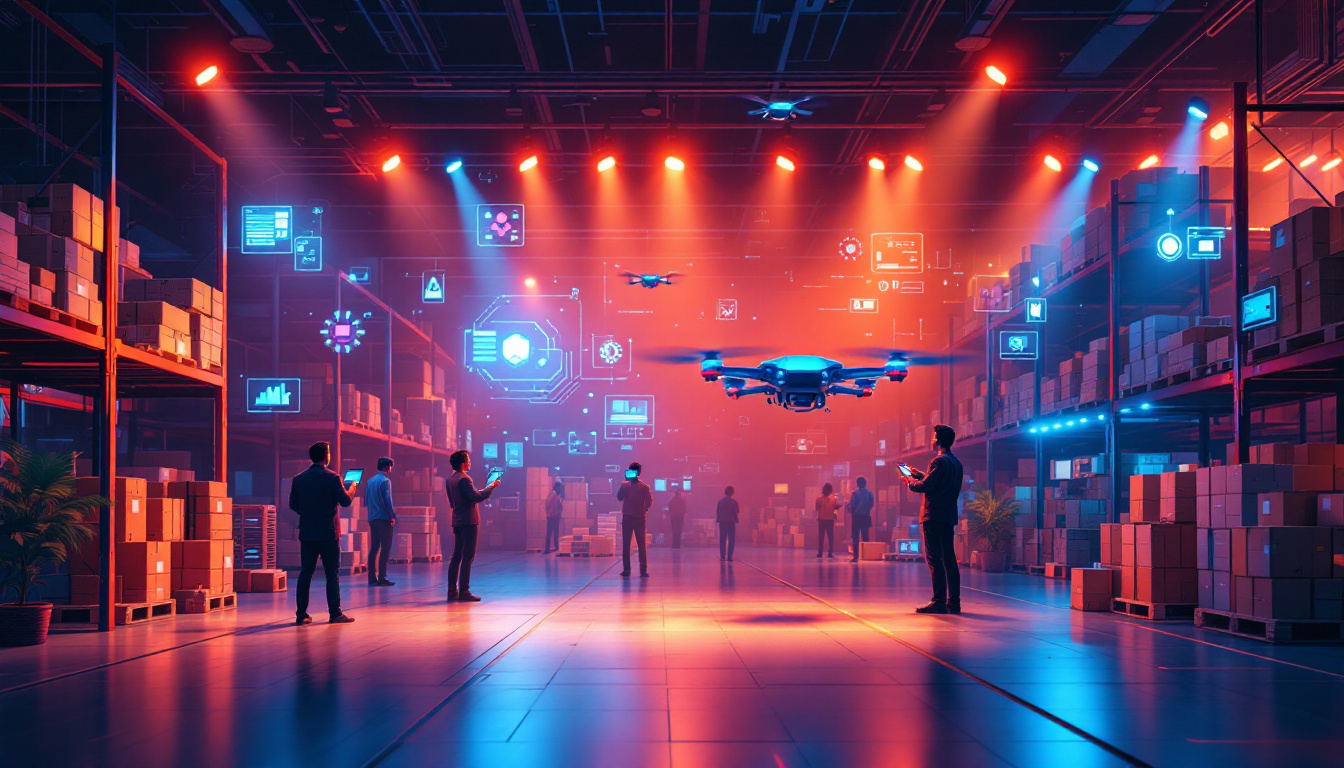OpenAI and Jony Ive May Be Struggling to Figure Out Their AI Hardware Plans
The Collision of Two Titans
Imagine the cutting-edge AI prowess of OpenAI joining forces with the legendary design sensibilities of Jony Ive. On paper, this partnership sounds like a match made in tech heaven. Jony Ive, the mastermind behind Apple’s most iconic designs, is celebrated for his ability to make technology not just functional but also beautiful and intuitive. OpenAI, on the other hand, has revolutionized AI with tools like ChatGPT and DALL-E. Together, they could redefine hardware for the AI era—or at least that's the hope.
But here’s the catch: creating AI hardware isn’t as straightforward as designing sleek smartphones or laptops. Hardware for AI must seamlessly integrate advanced algorithms, high-performance processors, and user-friendly interfaces—all while maintaining the balance between power and simplicity. And that’s where things might be getting tricky.
What Could AI Hardware Look Like?
Jony Ive’s design philosophy has always emphasized elegance and minimalism. Think of the iPhone, the iPod, or the Apple Watch—products that feel less like gadgets and more like extensions of ourselves. But AI hardware is a different beast. It’s not just about aesthetics; it’s about functionality at scale.
Take, for example, Google's Pixel devices, which integrate AI-driven features like real-time language translation and advanced camera software. Or Amazon Echo, which houses Alexa’s conversational AI. These devices are built to make AI tangible and accessible. OpenAI and Ive would need to create something similarly groundbreaking—but perhaps even more ambitious.
“The challenge isn’t just designing hardware; it’s making AI feel human and approachable while maintaining its complexity,” noted an industry analyst from Gartner.
The Struggle Behind the Scenes
Sources familiar with the OpenAI-Ive partnership have hinted at the difficulties of translating AI into physical form. While OpenAI excels in software, hardware requires a different skill set—one that combines engineering, manufacturing, and user experience design. Ive’s expertise could help bridge this gap, but even he faces uncharted territory.
One major hurdle is determining the product’s purpose. Will it be a device for developers to explore AI? A consumer-friendly gadget like a voice assistant? A wearable that leverages AI to improve health and wellness? Without a clear vision, even the best designers and engineers can stumble.
Another issue is scalability. AI-powered hardware demands significant computational resources, which can make devices expensive and energy-hungry. This was a lesson learned by Google when launching its Stadia gaming platform, which struggled to balance cost with performance.
Lessons from Other Innovators
Apple’s success with hardware offers valuable insights. The company’s ability to integrate software and hardware seamlessly—think Face ID or Siri on the iPhone—sets a gold standard. But even Apple took years of trial and error to perfect its ecosystem. OpenAI and Ive may need similar patience and iteration.
Another example is Microsoft, which partnered with OpenAI to integrate AI into its products like Office 365 and Azure. Microsoft invested billions to ensure AI wasn’t just a buzzword but a functional tool for businesses and individuals. Could OpenAI replicate this success in the consumer hardware space?
Where Do They Go From Here?
Perhaps the most intriguing question is how OpenAI and Jony Ive will define success. Will it be a sleek, mass-market device that everyone wants? Or a niche product that serves a specific audience? Given Ive’s history, one might expect something aspirational—a device that feels revolutionary, even if it’s not immediately practical for all users.
For now, all we can do is speculate. But one thing is certain: if anyone can make AI hardware captivating, it’s this duo. Their potential missteps could teach invaluable lessons to the tech industry, and their successes might set new benchmarks for what AI can achieve in the physical world.



